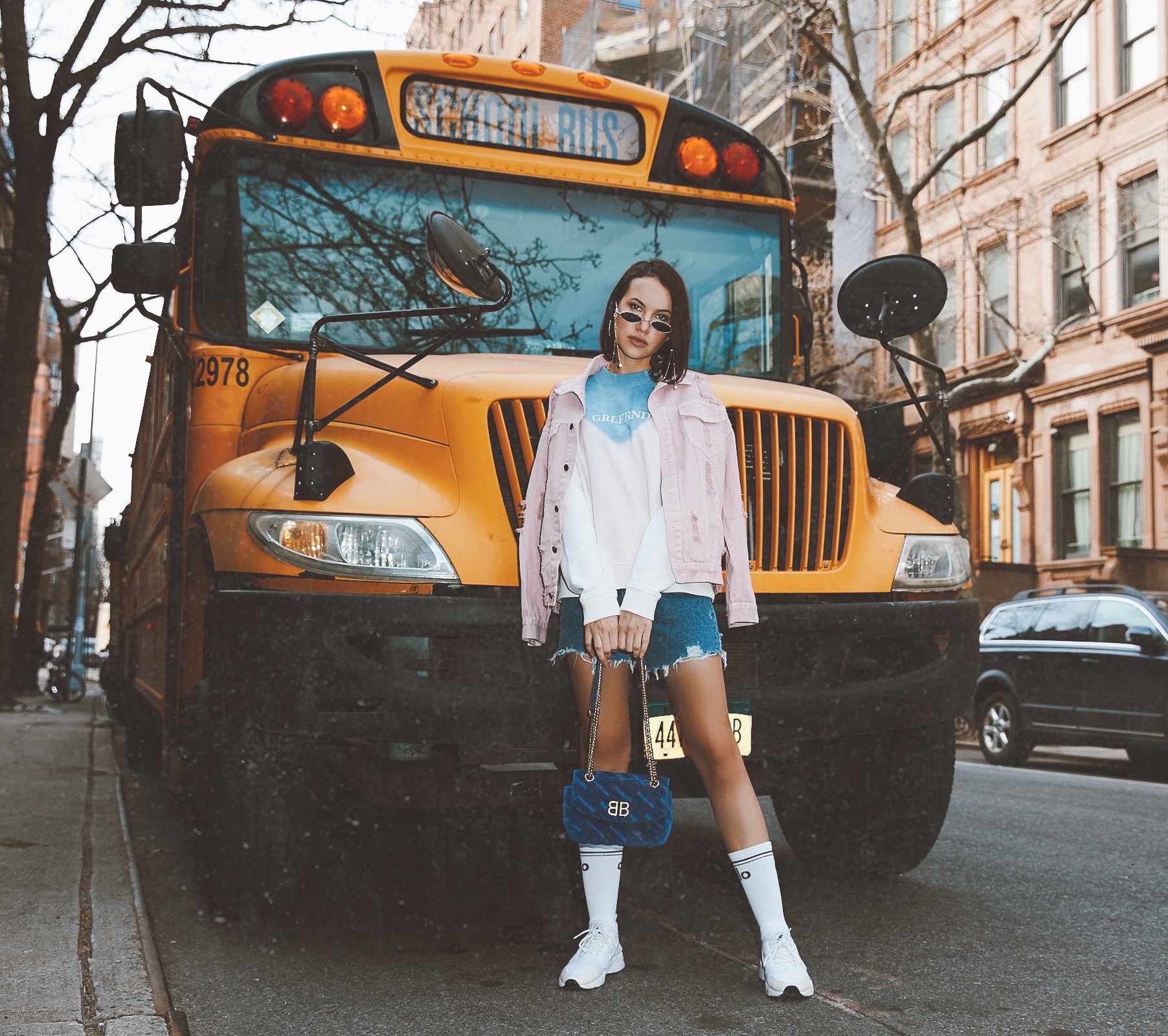
It’s a strange time to be a fashion model in a large, urban city in the midst of the Covid-19 pandemic: castings, go-sees, show rooms, runways, and new clothing collections have all been put on hold indefinitely, and young men and women throughout the world are reckoning with the possibility that there may not be steady work again for some time.
In spite of this, many fashion models are turning to platforms like Instagram for paid collaborations to supplement their incomes, and brands and models that have invested heavily in influencer marketing have reaped the rewards.
While sponsored content has fallen in absolute terms and prices are expected to dip between 15-25%, according to marketing firm Izea, many brands are betting heavily that DIY content will be the most viable strategy with photo shoots out of the question. In addition, with social media engagement increasing 61% from March to April according to Kantar, there are more opportunities than ever to reach audiences at cost-effective rates.
James Nord, CEO of Fohr Influencer Agency, said: “There’s a good chance that the spend on influencer marketing in particular could increase, while [marketing] budgets at large decline. Photo shoots and content capture will become more difficult with people staying home; brand and press trips are likely to decrease. Mistakes will seem more egregious, and it is more important than ever to remain authentic in your posts and partnerships.”
While the turn to Instagram was accelerated by Covid-19, it started in the fashion circles long before that – clients and agencies have been requesting models’ social media accounts, listing them on agency profiles, and encouraging models to avail themselves of these channels long before the pandemic. In short, the trend towards models becoming Instagram influencers and influencers becoming models seems to be picking up ever more steam, and falls in line with an egalitarian shift in the business model that’s increasingly cognizant of plus size, gender nonconforming, and other diverse model talent.
Karina Bik, a model and macro influencer who juggles commitments with clients such as Estée Lauder, L’oreal, and Revlon, said: “I definitely see a crossover trend from modeling to influencers and vice versa –– when I collaborated with top fashion houses on the modeling side, you’d be lucky to receive one gig for every four castings you attended, and you’d have to wait in line multiple hours for all of them. With influencing, I set my own rates, and I can work from anywhere, which has been particular helpful during Covid.”
Agency executives and creatives have increasingly been pursuing such engagements as well, and the founder of We Speak modeling agency, Briauna Mariah, added that “we are working on partnerships with brands that include producing content at home during this time, as well as paid social media collaborations. Our focus in the past has always been on photoshoots with brands, but I believe at-home shoots and collaborations will become more and more common.”
Ultimately, we’re seeing a sustained shift towards digital personas for the industry, DIY content, and polymath creators that blur the line between traditional models and influencers as the new paradigm for fashion, beauty, travel and many other sectors. The modeling industry will look very different in the wake of Covid-19, and those brands and models that take advantage of these seismic shifts will be best positioned to capitalize on the new marketing standards that emerge.

